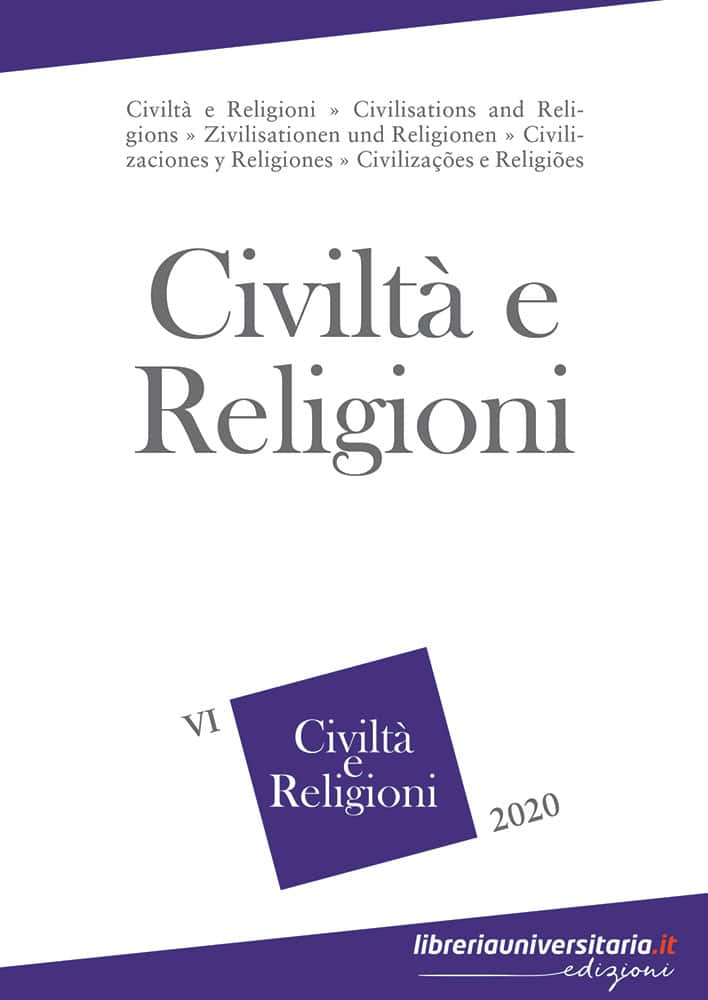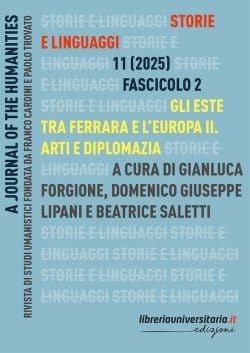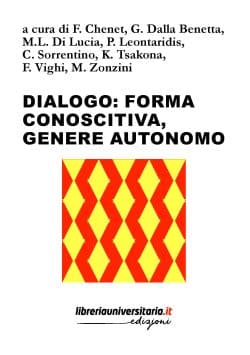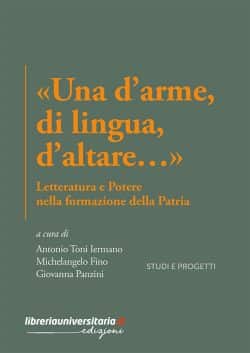Indice
a cura della Redazione di Civiltà e Religioni
A cura di Chiara Cremonesi. L’umanità e le altre specie. Sistemi simbolici e pratiche rituali
This article deals with investigating the construction and exploration of the ontological boundary between humans and animals through the analysis of some rituals that took place during the veintena festival of Etzalcualiztli in the lake environment of Mexico Tenochtitlan. Through the perspective of the so-called “Ontological Turn” – and in particular through the proposals of Philippe Descola and Tim Ingold – the aim of this essay is to read rituals as dynamic tool capable of manufacturing a complex dialectic with the lake environment, which also reverberates on the representation of the social group and its norms.
The article aims to reconcile Empedocles’ physical and eschatological philosophy by rejecting the latter considers metempsychosis and demonstrating how both approaches concur on metensomatosis. In Section 1, I examine the revelational nature of Empedocles’ physical doctrine according to which birth and death are considered in terms of aggregation and disaggregation of the roots, thus suggesting it is about the continuity of life. In Section 2, I focus on fragment 115 and argue that the incarnations of demons too progress through metensomatosis. It so appears that Empedocles’ philosophy of life reflects a tension between a synchronic-objective view and a diachronic-subjective one. The two points of view are complementary to the Pre-Socratic philosopher, who engages the problem of pain and death by means of an eschatological analysis within a global perspective which includes all living beings and delivers soteriological wisdom.
In the proem of his Bibliotheke, Diodorus Siculus states that a historian should provide knowledge for all mankind. Hence, the value of a historian is not measured by his ability to gather in a single narrative stories of men from all times all over the world. What matters is the way in which the common human nature of all of the actors in history emerges. This contribution focuses on the first part of Book III, in particular on the Ichthyophagoi and Acridophagoi, where the historian’s gaze oscillates between idealisation and compassion towards such primitive peoples. The diodorean ethnographic report has the merit to provide a backdrop to some of the guidelines of the cultural debate in the Hellenistic age. In this framework, even the knowledge of the peripheral world (eschatiai) can provide useful exempla.
The aim of this essay is the analysis of some monographs that, between the early XIXth century and the mid-XXth, constituted the starting point for the study of vegetal mythology. Its focus is set mainly on the works of lesser-known scholars that are, nonetheless, fundamental to follow the development of the subject over time. The study of each author begins with a short biographical note, useful to provide an indispensable historical framework, and later proceeds with the examination of the monograph, trying both to highlight its objectives and structure and to analyse its scholar’s approach and method, also by means of a series of specific examples and quotes. The intention of this work is to provide the reader with those means that are suitable for a correct and impartial evaluation of the work of the examined scholars, highlighting both their strong points and their limits and always being aware of the historical period in which they operated.
Myths about the creation of living beings passed down over the millennia by a series of Tibeto-Burman-speaking hill peoples in the extended eastern Himalayas are analytically compared in this paper for the first time ever. Structural similarities among all these myths – belonging to, respectively, the Rai and Limbu tribes of eastern Nepal, the Tani group of tribes as well as the Idu Mishmi and Miju Mishmi tribes of Arunachal Pradesh, and a section of Naga tribes of Nagaland and Manipur – are analyzed together with their lexical similarities in order to verify whether they can be taken, as a whole, as evidence for cultural contact among all these Tibeto-Burman-speaking groups in prehistoric times.
Not beautiful, not melodious and not particularly sociable, the crow plays a leading role in different civilizations and religions. Present in every field of knowledge and human activity – in religion and mysticism, in literature and pharmacology, up to magical medicine and the interpretation of dreams – in the Islamic tradition this animal has an ambiguous image, perpetually oscillating between luck and misfortune, reliability and deceit, good news and lamentation. At the same time near and far, weak and powerful, enigmatic and sometimes even threatening, there are many faces that the crow shows to those who question him, but in any case, and in every situation, there is only one definition that belongs to him: absolutely and completely free, and therefore elusive.
This article addresses the controversy between the two Jesuit missionaries, Roberto Nobili and Gonçalo Fernandes Trancoso, at the beginning of the 17th century. The article revisits the arguments the two Jesuits used against each other to establish, before the Holy Office, whether the Brahmanical thread (Skr. yajñopav?ta, Tam. p???l) carried a religious meaning (i.e., it was a means of idolatry; thus, converts ought to be forbidden to wear it) or represented a mark of social distinction (i.e., converts could wear it without sinning). Moreover, the article explores the political and economic background of this Catholic controversy, to highlight the network of relationships through which the Jesuits gradually entered Southern India during the 16th-17th centuries. In doing so, it takes into consideration the roles of some strategical converts, such as the Indian merchant Dom João da Cruz and the R?ja of Tanor, analyzing their resonance not only in geopolitical key, but also in the construction of the narratives about the spread of Christianity in South India.





